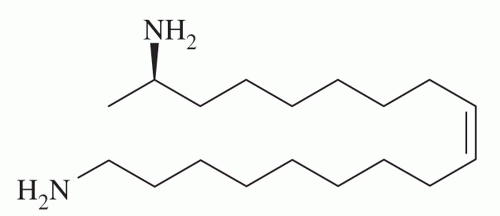

In recent years, Britain has been invaded by Harlequin ladybirds, which are threatening our native species. In this picture, a native seems to be trying to mount a harlequin, although I cannot see any little larvae resulting from this activity!
Although it is referred to as an Asian ladybird, it seems that the invaders did not arrive directly from that continent. Indeed, the original Asian insects do not seem to be a threat at all, but something happened in one population in America:
Inbreeding Depression Is Purged in the Invasive Insect Harmonia axyridis
which reports that this Asian species was introduced to the USA, but in general did not take off. However, a single population in Louisiana somehow underwent genetic purging, and has gone on from there to conquer the world.
However, this purging seems not to have been confined to getting rid of deleterious genes. In Europe at least, Harlequin Ladybirds have two more weapons in their battle against predation. Both of these have been investigated at the Justus-Liebig University at Gießen in Germany.
The first of these is an exercise in chemical warfare:
Harmonine, a defence compound from the harlequin ladybird, inhibits mycobacterial growth and demonstrates multi-stage antimalarial activity
This study demonstrates that harmonine ((17R,9Z)-1,17-diaminooctadec-9-ene), which is present in H. axyridis haemolymph, displays broad-spectrum antimicrobial activity that includes human pathogens.
And here is the compound in question.
Expansion of the antimicrobial peptide repertoire in the invasive ladybird Harmonia axyridis
The invasive success of H. axyridis can therefore be attributed at least in part to the greater efficiency of its immune system, particularly the expansion of AMP gene families and their induction in response to pathogens.
The work involved many stages:
(a) Insect material [capture and breeding] and RNA isolation (b) Normalization and construction of the cDNA library (c) Sequencing, assembly and annotation (d) Analysis of AMP gene expression (e) Sequence alignment and phylogenetic reconstruction (f) Antimicrobial assays
That sounds like quite a lot of work! And useful too — maybe this research will help in our never-ending struggle against the slings and arrows of outrageous Nature.
The ladybirds in these studies are from a European population: according to the harmonine paper “Adults of H. axyridis subsequently used for captive breeding were collected in and around Gießen and Ober-Mörlen, Germany.” However, what I wonder is whether these two features were developed specifically in the invaders, or whether they are also be found in original Asian ladybirds. I understand that this question is currently under investigation. Then we will see how much of a Greek epic the ladybird story actually is!



Comments